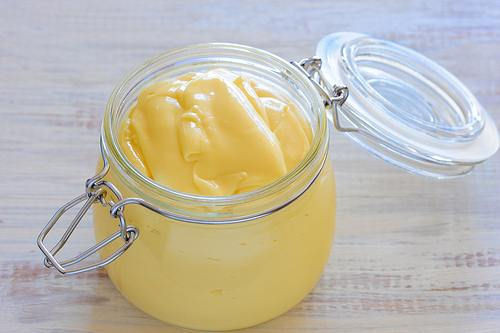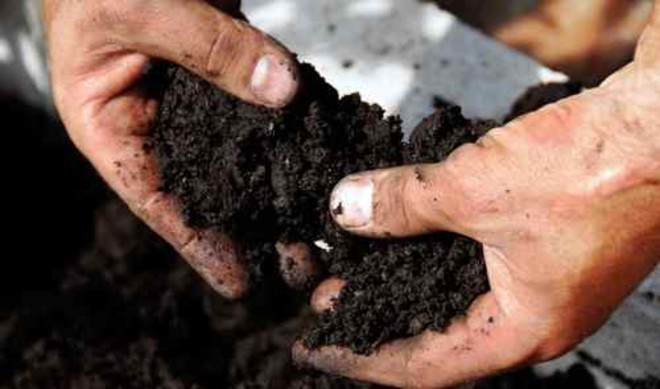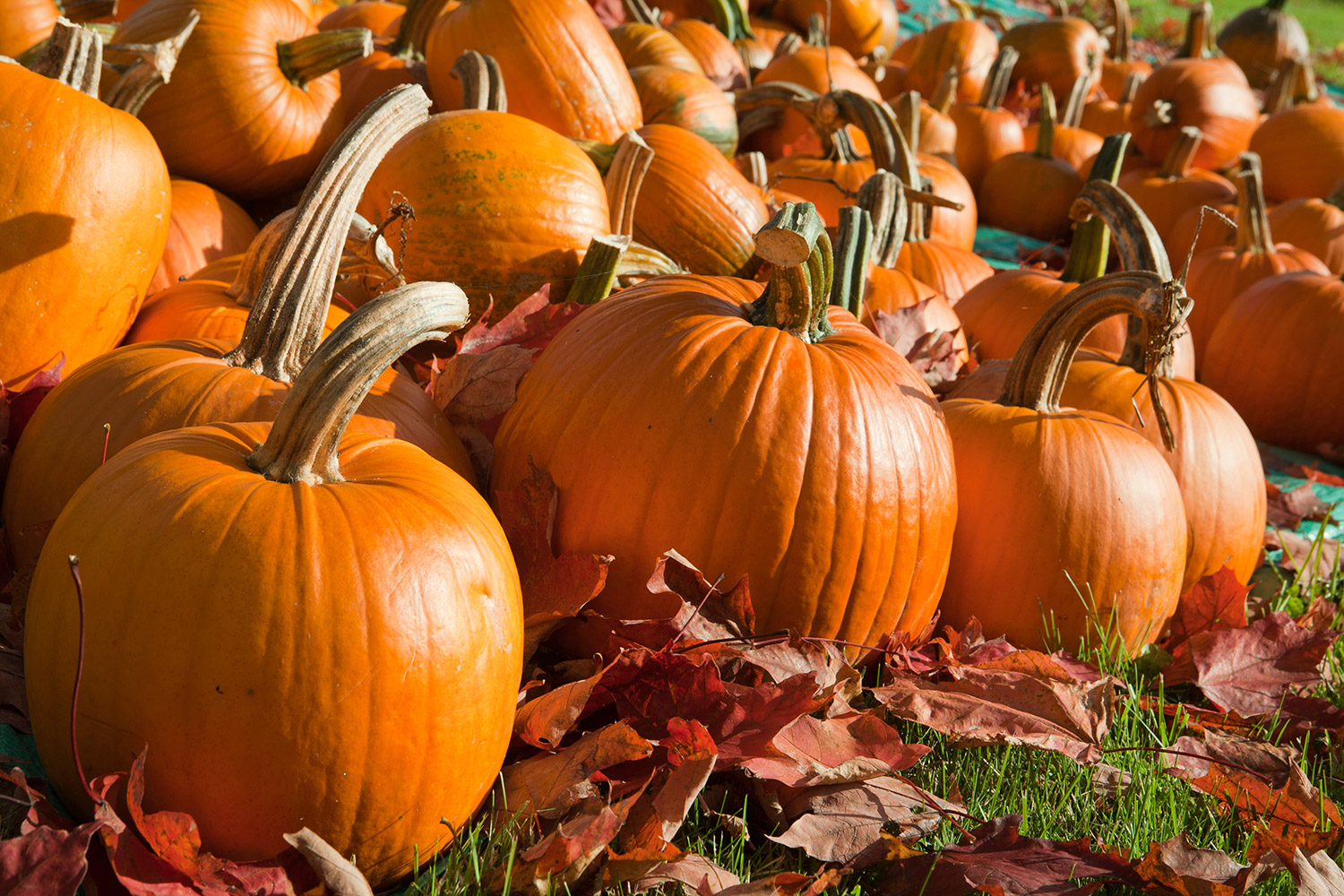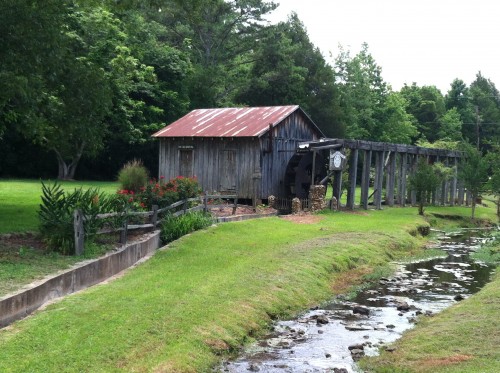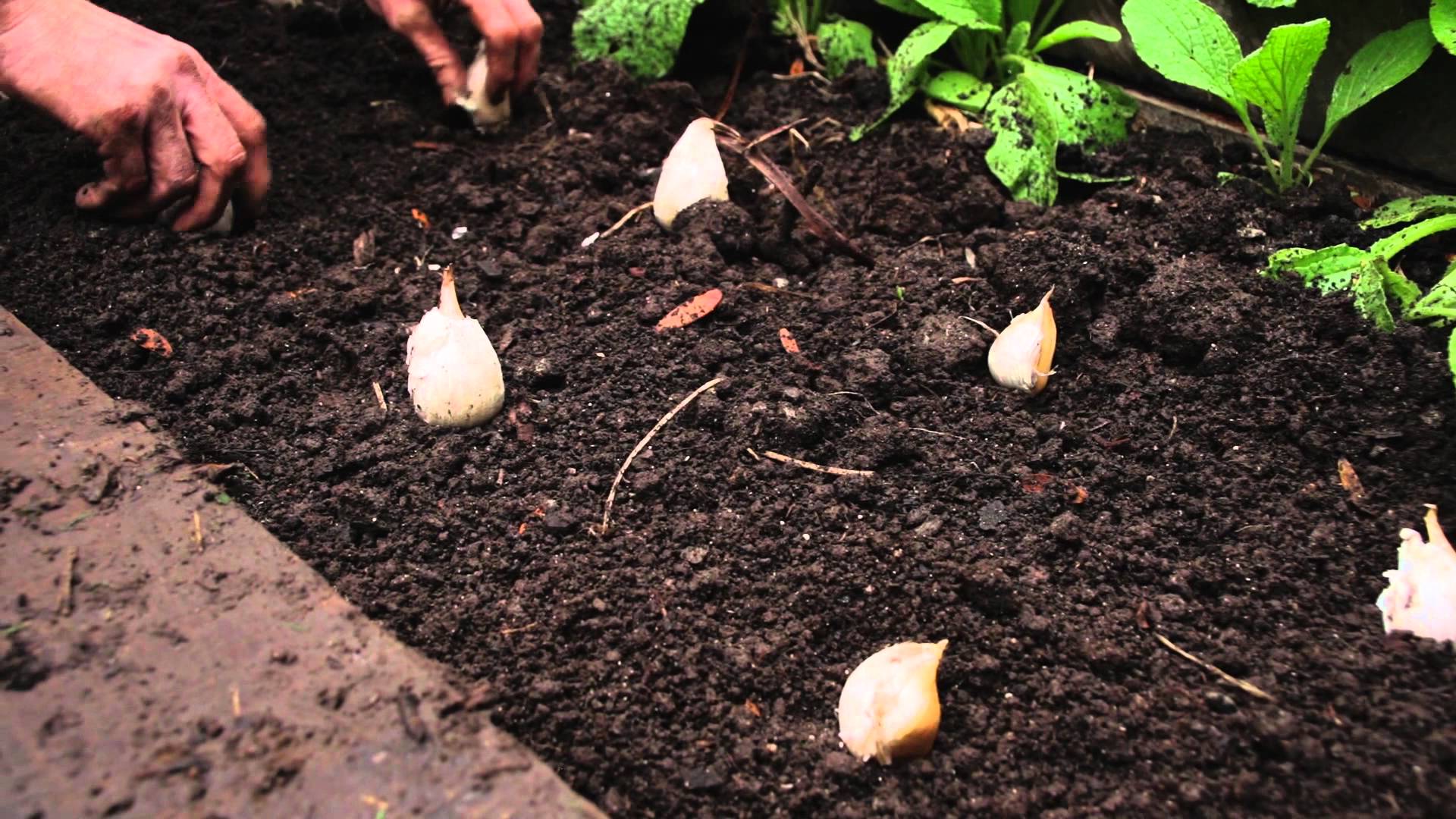How to Make Moonshine (Humorous Infographic)
I saw this infographic on Pinterest recently and couldn’t resist sharing here! Moonshine is such a humorous cultural icon of the South and of “country living”. I wouldn’t actually recommend making moonshine, and you’ll see the infographic has a warning, since it’s most likely illegal to do so where you live and can be quite dangerous. … Read more



